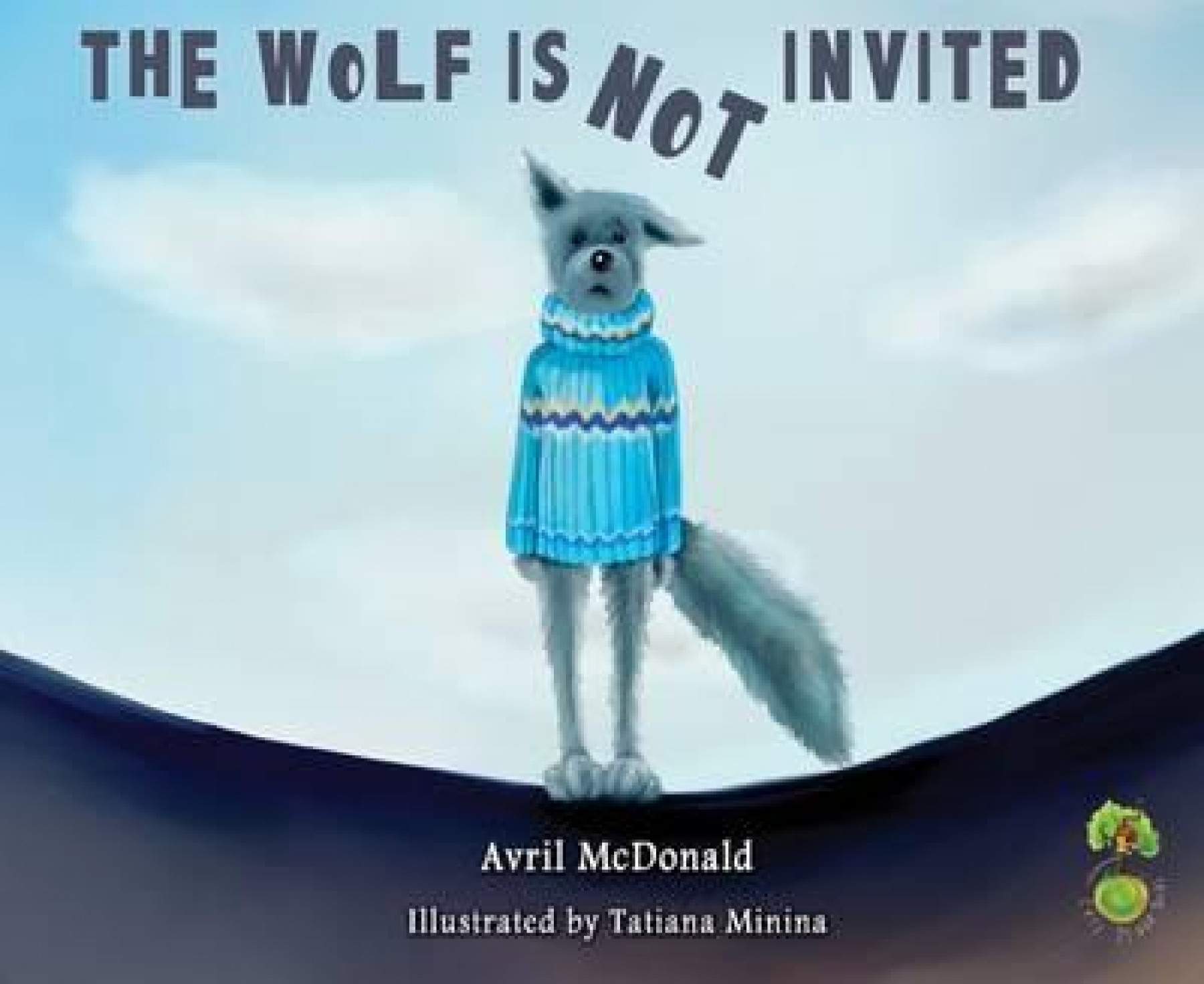These are a series of illustrated children's picture books, aimed at 4-7-year-olds, designed to help children deal with confidence issues, change, loss and grief, managing anxiety and fears, bullying and worries.
I have a confession to make: Whenever I’m asked to review children’s books, one of the first things I do is try them out on my children. I have another confession: I didn’t do any preliminary reading about the books. I knew broadly they focussed on the development of children’s emotional literacy, which I’m all in favour of, but that was all I knew. So my daughters and I dived straight in.
I began to read The Wolf and the Shadow Monster and my 8-year-old was captivated – the pictures are beautiful and the story has a great rhythm. But the story became dark, as did the pictures. My daughter’s questions began – her confusion over the monster because this monster is addressed in the story as if it actually exists. She didn’t want to finish the book and that evening there was a bit of damage control to be done around night-time fear.
I then sought to read, by myself, The Grand Wolf… who dies. I mean, I get it, this stuff is real for some kids. But the plot or focus, e.g. death or in the previous book fear, is developed quickly in these stories. It comes as a bit of a shock. There’s no gentle lead-in, no real warning of the content and how it plays out. Sometimes there is an identifiable strategy to help, sometimes this isn’t so apparent. Perhaps I’m just out of touch or too careful in my approach to some of these big topics. But I’m not surprised one of the books worried my 8-year-old.
The Mental Health Foundation had given me the complete set of five books and the Teacher’s Guide to review. I turned to the Teacher’s Guide looking for an explanation. It turns out the Teacher’s Guide is marvellous – it brings all the context together from building emotional literacy through printable emotion cards on the CD Rom, tips and tools to talk about fear and worries, role-plays, managing anxiety attacks and externalisation techniques. I am very impressed.
I feel this should be included with the actual book! It just makes so much more sense – a few back pages added to each book and this vital information wouldn’t be missing for parents like me who dive right in expecting the story to do all the work. And I would know everything to do and say when my daughter begins to worry about the Shadow Monster’s actual existence!
So, what’s my advice? If you have a child with worries or dealing with loss or grief, bullying issues, in need of some self-confidence building or emotional regulation techniques – which the books focus on individually – then yes, invest in them, BUT only if you buy the Teaching Guide alongside them and read this first!
The Feel Brave 1 Dose/Day' School Wellbeing Programme Pilot is being trialled by some schools in the UK, Canada, Australia and New Zealand from February 2018.
Reviewed by Anna Mowat, who works predominantly as part of the All Right? Wellbeing campaign in Otautahi, where she is based. She also delivers Incredible Years parenting courses for the Ministry of Education and is currently working on a Cure Kids research project to create support for parents whose children have emotional regulation issues.
I think overall most of these books have some good ideas but some of the stories and images could scare children. I liked that the shadow book tried to teach kids that you can use your imagination to feel better (magic) and less scared, to make your fears go away. The book on bullying is a great story with a great meaning. It teaches kids that if you are bullied to stay strong and that you can beat the bad feelings and still have fun. In the one about worries, that baby dragon has so many worries bottled up inside him and it makes him feel heavy. This book teaches kids to share their worries with people, overall a good story.
Review by Lucien, aged 12

